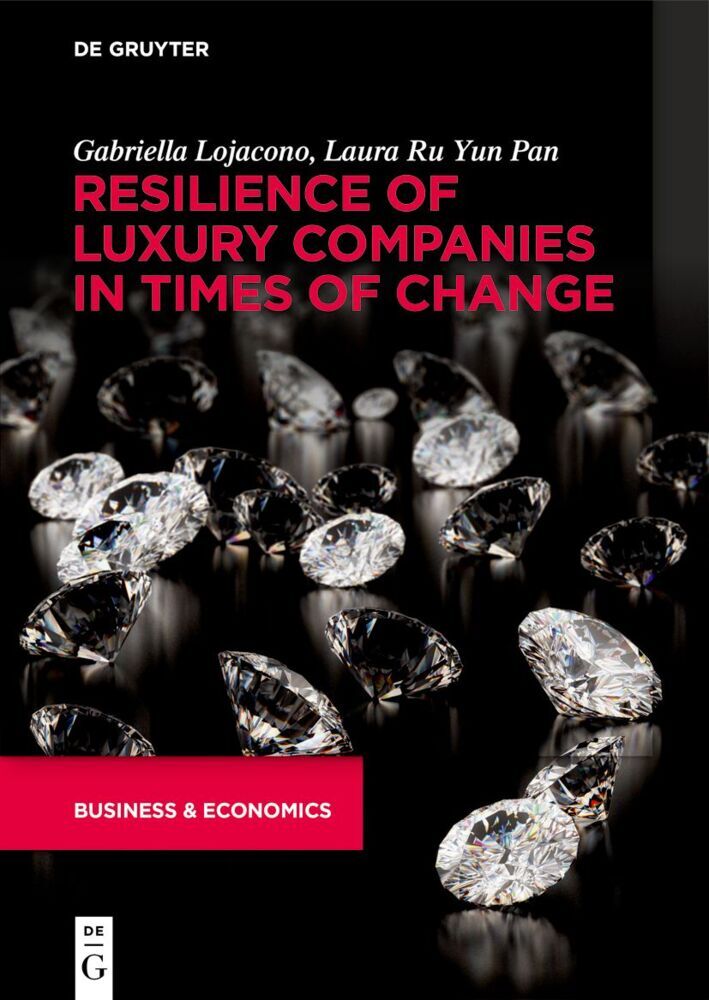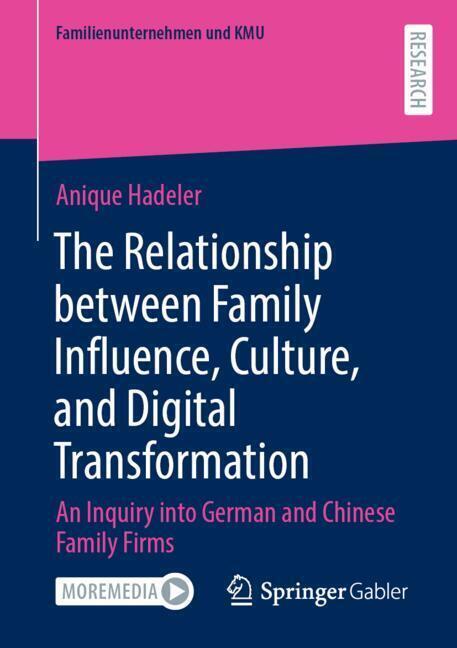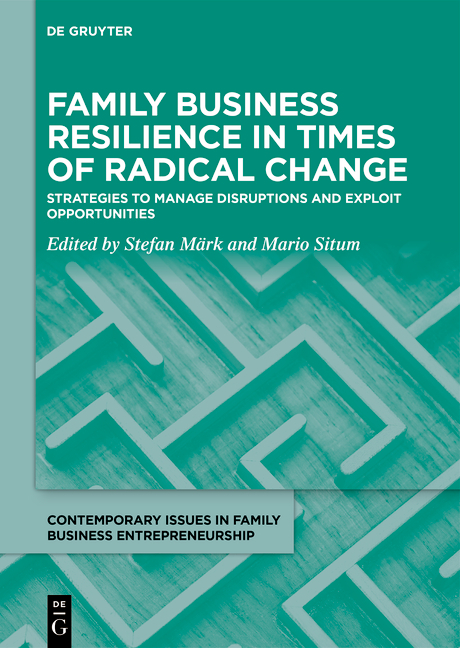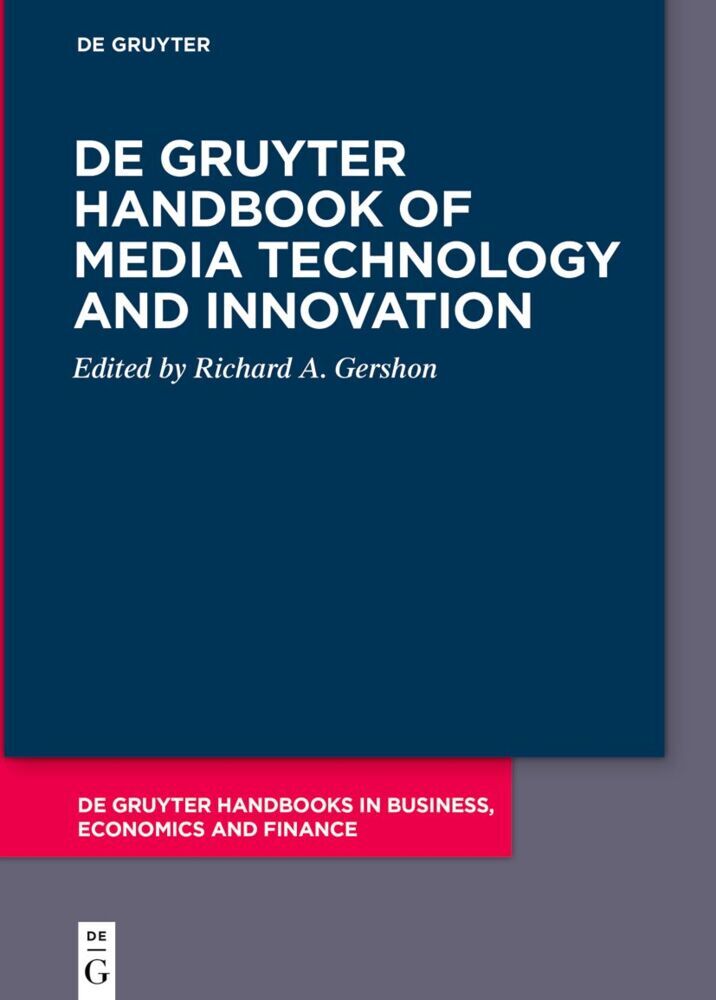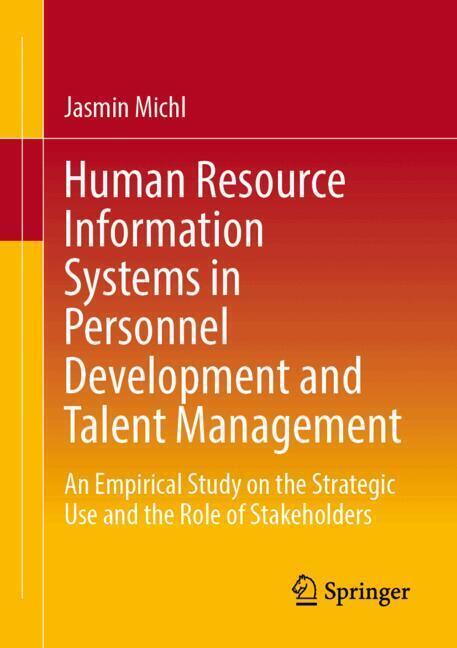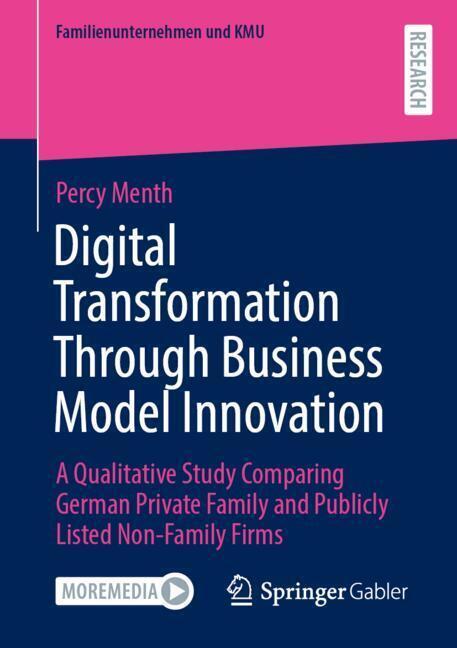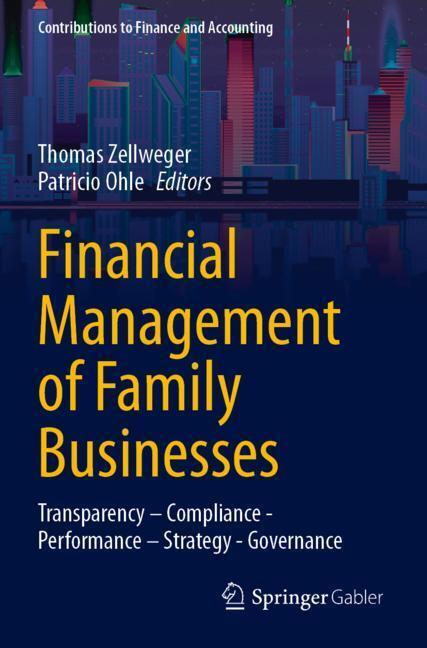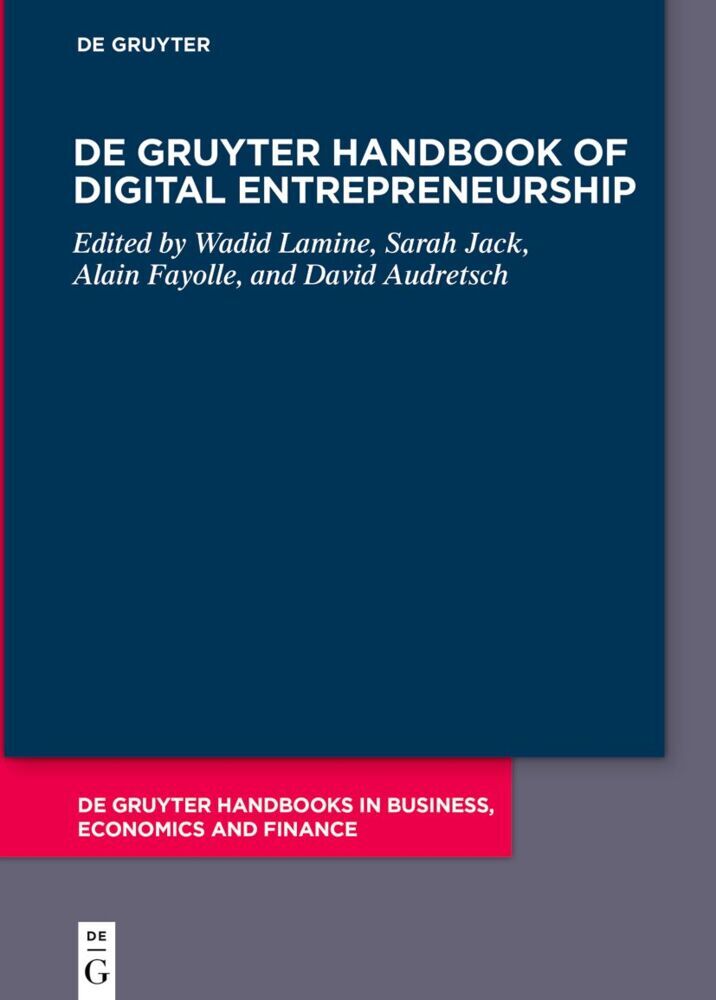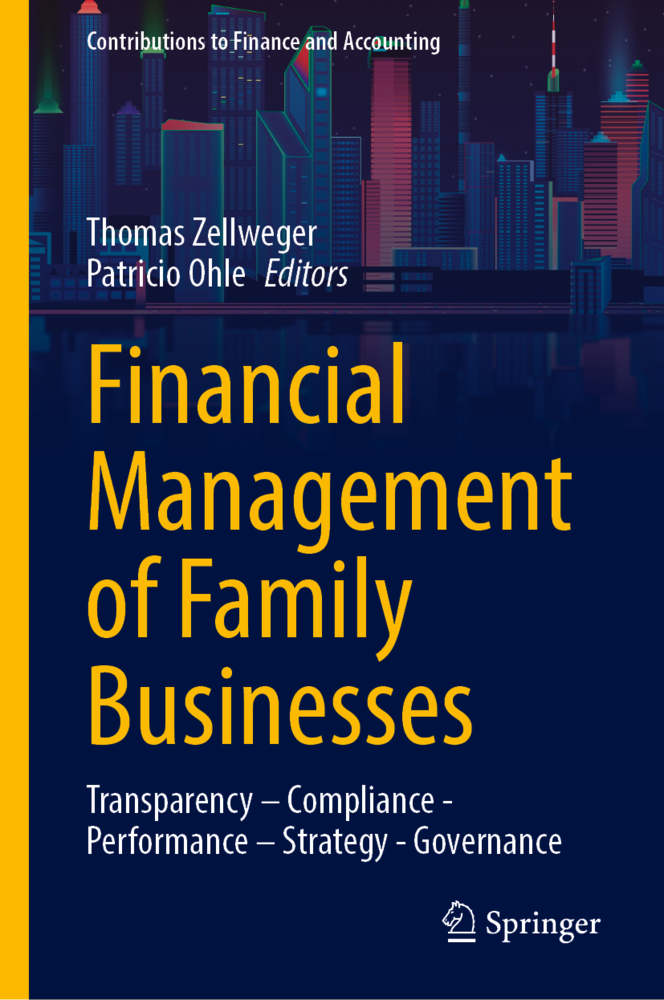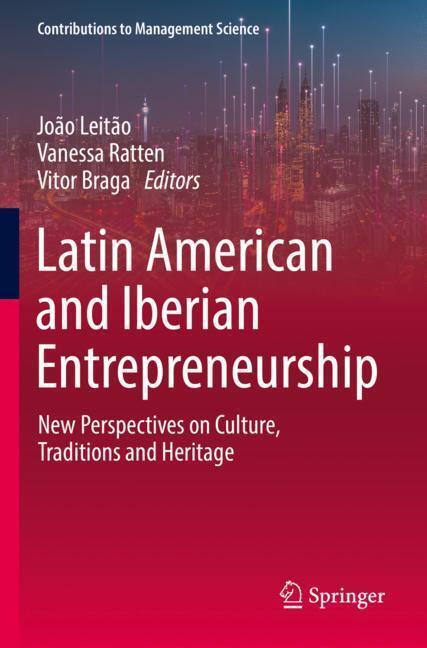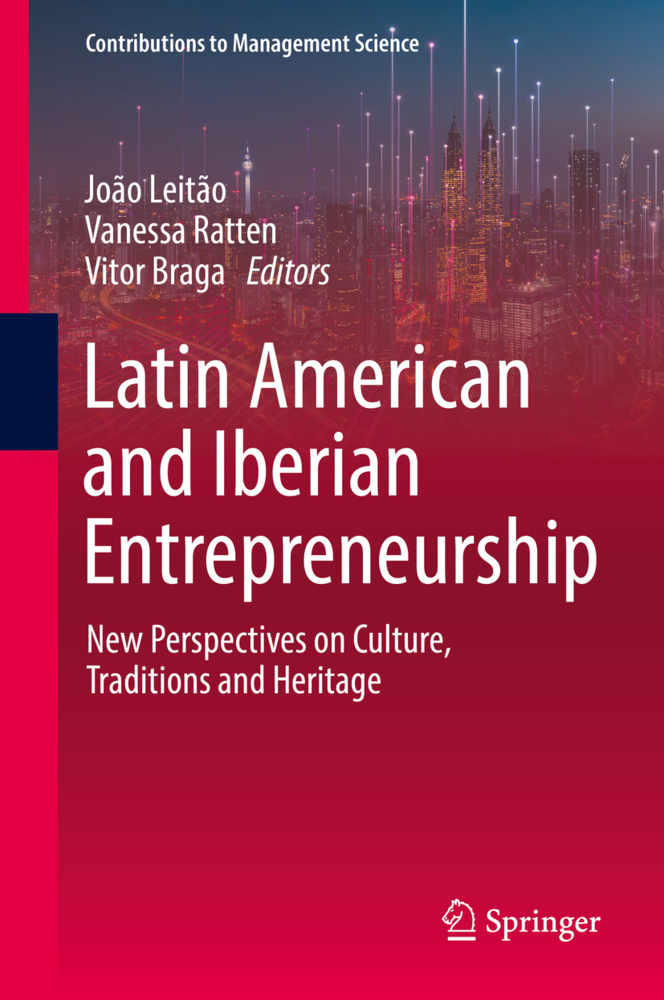Resilience of Luxury Companies in Times of Change
Resilience of Luxury Companies in Times of Change
Resilience of Luxury Companies in Times of Change is a book for executives and Masters' level students taking courses in luxury management. It offers an insight into the current and emergent business models and strategies luxury companies apply to remain resilient in times of change. It explores a variety of business models answering the following key questions: What is each brand's value proposition used to attract a consumer's willingness to pay? What is each brand's target audience? How do brands navigate and expand their markets? And how do luxury companies organize their resources to design and develop products and services to continually sell to their customers? The answers to these questions provide the foundation of a luxury company's business strategy and, as a result, its brand architecture. The authors also explore the patterns that have emerged in the ownership, management and the manufacturing in luxury goods companies, where dominance is usually found in certain countries.
This book focuses on six key industries in the luxury product sector: fashion, automotive, hospitality, furniture, cosmetics and jewellery. It provides an international perspective with examples drawn from Europe, USA, the Middle East, China and Japan. Through these examples and cases, the authors analyze how luxury companies are facing the challenges posed by external shocks and an extensive need for digitalization. Using concepts and theories from macroeconomics (such as globalisation) and corporate and business strategy, the book aims to connect the dots between theory and practice.
Resilience of Luxury Companies in Times of Change provides perspectives of the past, present and future - how luxury companies have evolved over time and managed to stay resilient despite the challenges they have faced through the different eras.
Introduction
Part One - Was the luxury industry built on resilience?
1) Fundamentals of the Luxury industries
1.1) Traditional Business Model Structures in their respective industries
1.2) From Family Businesses to Major Conglomerate
1.3) Power structure in luxury companies (creative directors vs. CEOs, Entrepreneurs vs. Shareholders, CEOs vs. Chairman, role of private equity)
2) Dilemmas in the luxury Industry
2.1) The age-old debate: Heritage vs. Modernity
2.2) Innovation vs. Tradition
2.3) Craftmanship and Industrialization
2.4) Growth in the business of rarity vs. accessibility (e.g. Ferrari Case)
2.5) Timelessness and Contemporary
2.6) An inclusive approach with an exclusive experience (e.g. Gucci Case)
3) The old world vs. new world (Matured vs. emerging)
3.1) Europe - the epicenter of luxury
3.2) United States - The big bang of luxury consumption
3.3) The Middle East - A different kind of consumer
3.4) Japan - How companies can learn from the maturing consumers
3.5) China becoming more local
3.6) The up and coming emerging markets
4) Country of Origin
4.1) The value of where it is made
4.2) Chasing quality and prestige
4.3) Sourcing the best materials and savior-fare (e.g. sourced from Mongolia, Made in Italy or sourced from Italy, made in Morocco)
4.4) Evolution of Country of Origin - Can brand equity be more important? (e.g: Louis Vuitton's Made in the USA)
Part Two - The inevitable evolution to remain resilient
1) Luxury is a crisis proof industry - or is it?
1.1) Nimbleness to short term strategy in a state of emergency
1.2) Flexible long-term strategies that adapt to change
1.3) The v-curve / revenge buying
1.4) New types of human capital
2.1) Omni-channel
2.2) Pre-order
2.3) Merchandising
2.4) Digitalization
2.5) Personalized experiences
2.6) Gamification
2.7) Capturing the moment (a new form of travel experience retailing)
3) Ambidexterity
3.1) Essential consideration in the fast-changing world
3.2) Differences across country and adaptation strategy
3.3) Embracing new codes
3.4) New organizational structures (splitting the roles and responsibilities)
3.5) Ambidexterity: How to excel in all aspects
4) Values that guide the change
4.1) Culture
4.2) Patriotism
4.3) Brand meaning
4.4) Sustainability / Ethics
4.5) Inclusivity
4.6) Empowerment (women and creativity)
5) Trading up and trading down
5.1) Premiumization in the luxury industry
5.2) Shifting your product offering
5.3) A focus on accessories and other services
Part Three - Creating a path towards resilience
1) Innovation that drives preparedness
1.1) Forecasting the market
1.2) The need to be proactive rather than reactive
1.3) Dominating the market through innovation (how brands who innovate can dominate the market)
2) Multi-channel and Omni-channel: CRM touchpoints at every level
2.1) The importance of customer engagement
2.2) Moving past data, and going back to the basics
2.3) Making the customer the focal point
2.4) Capturing value at every point
3) Cost saving to market seeking: Re-organizing the supply chain
3.1) Off-shoring, back-shoring &...
3.2) A supply chain that complements your business model
4) Transparency & Sustainability
4.1) Starting from the beginning - the start of your production process is the key to driver in creating a sustainable business
4.2) Sustainability is no longer a buzzword, it is essential
4.3) Why sustainability is not enough
4.4) Incorporating sustainability into the financial results
4.5) Blockchain as a new frontier
5) How it all comes together: Resilience in a time of crisis
Lojacono, Gabriella
Ru Yun Pan, Laura
| ISBN | 9783110760712 |
|---|---|
| Artikelnummer | 9783110760712 |
| Medientyp | Buch |
| Copyrightjahr | 2021 |
| Verlag | De Gruyter |
| Umfang | XXII, 336 Seiten |
| Abbildungen | 3 b/w and 54 col. ill., 9 b/w tbl. |
| Sprache | Englisch |

